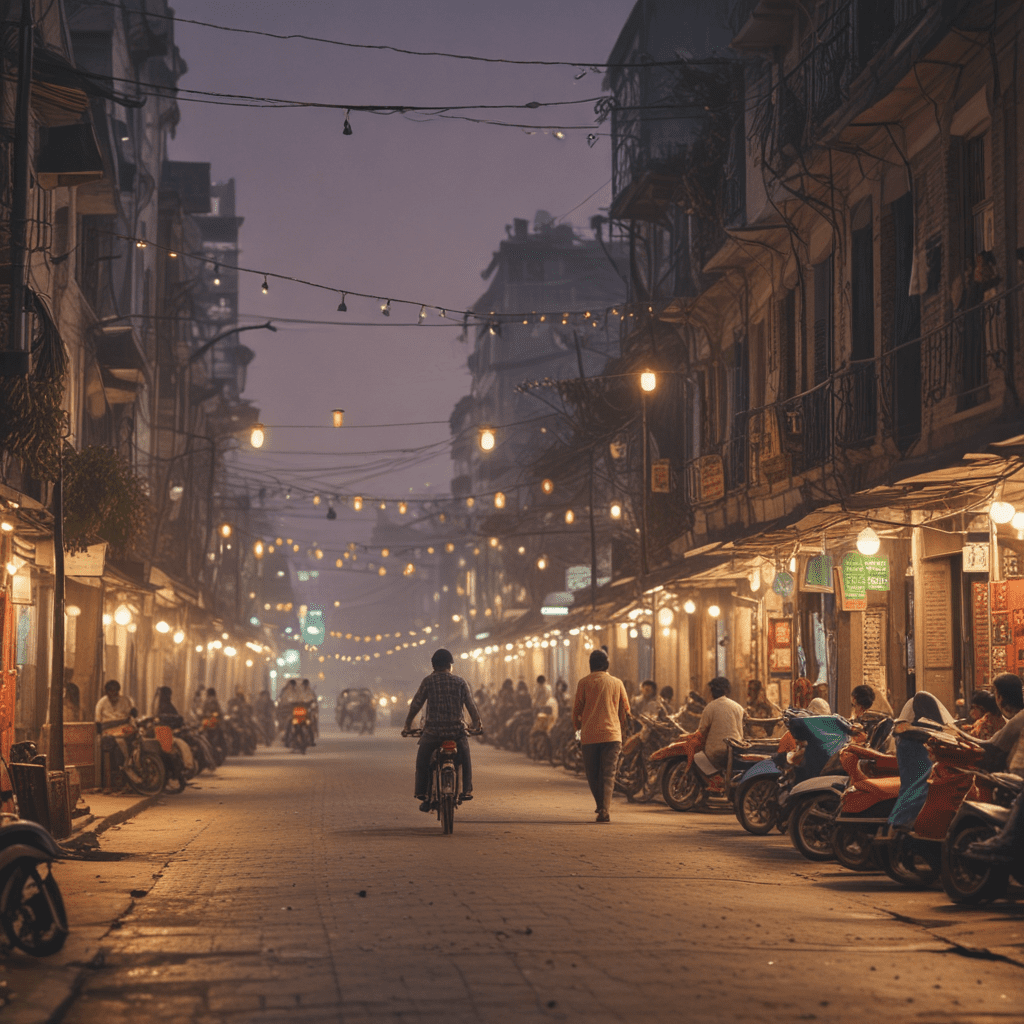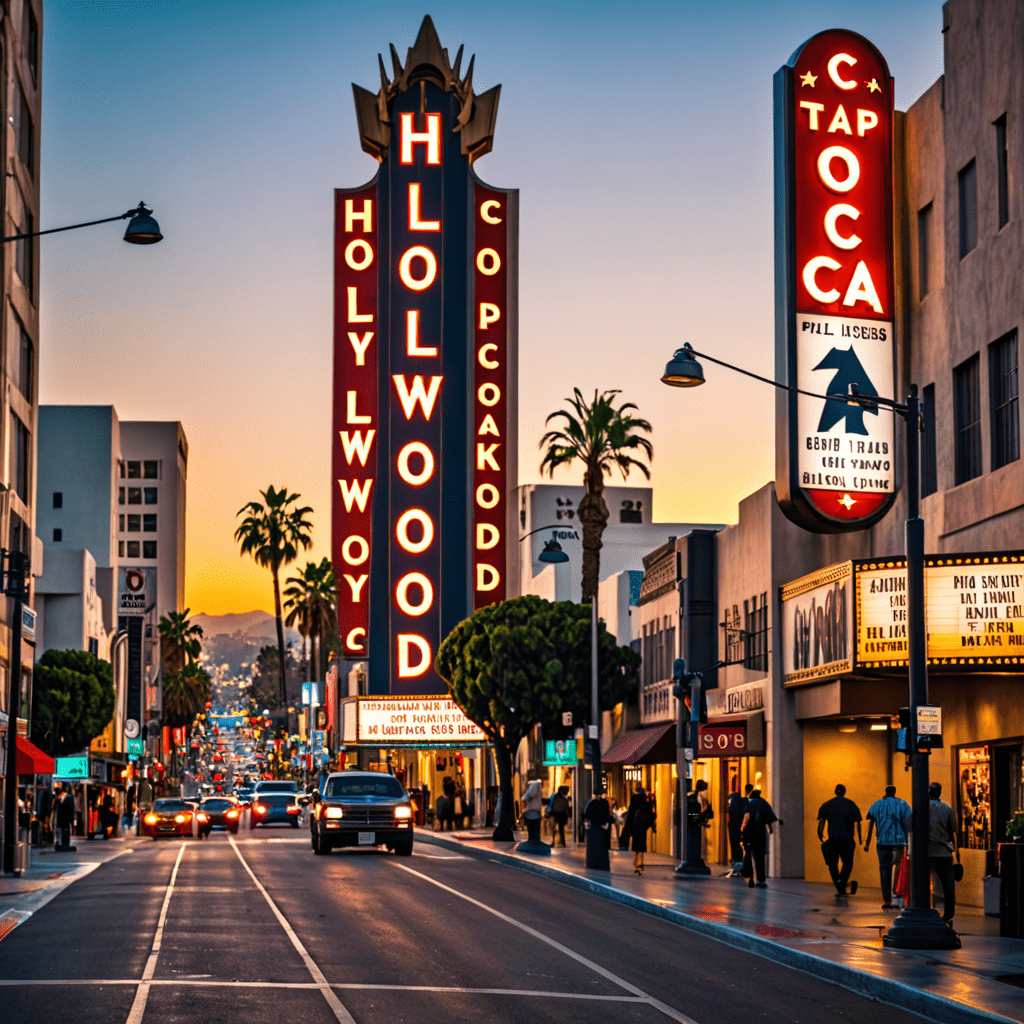Exploring the Canals of Bangladesh
The labyrinthine network of canals in Bangladesh stands as a testament to the country's rich history, geographic diversity, and economic vitality. These waterways, spanning the length and breadth of the country from north to south, have played a crucial role in shaping the lives of Bangladeshis for centuries.
Historical Significance
The genesis of the Bangladesh canals lies in the formation of the Bengal Delta, a vast alluvial plain created by the confluence of the Ganges, Brahmaputra, and Meghna rivers. Over time, these rivers and their distributaries carved out a network of natural waterways that provided vital transportation routes for the region.
During the British era, the canals were further developed and expanded to facilitate trade and navigation. The colonial government invested heavily in irrigation channels to support the cultivation of jute, a major cash crop of the time. These canals played a significant role in shaping the economic landscape of Bangladesh, connecting rural communities to markets and ports.
6. Geographic Distribution
The canals of Bangladesh form an extensive network that crisscrosses the country from north to south, connecting major cities, towns, and villages. The Ganges-Padma River, the main waterway of Bangladesh, forms the backbone of the canal system, with its distributaries and tributaries branching out to reach remote areas. The Meghna River, another major river, also contributes to the canal network, providing transportation and irrigation to the southeastern part of the country.
7. Types of Canals
The canals of Bangladesh can be categorized into three main types:
- Major rivers: These large rivers, such as the Ganges-Padma and the Meghna, serve as the primary waterways for transportation and irrigation. They are navigable by large vessels and play a vital role in the country's economy.
- Distributaries: These are smaller channels that branch off from the main rivers and carry water to different parts of the country. They are used for irrigation and transportation of smaller boats.
- Irrigation channels: These are man-made canals specifically designed to provide water for agricultural purposes. They are typically smaller in size and are used to irrigate fields and croplands.
8. Economic Importance
The canals of Bangladesh hold immense economic importance for the country. They are:
- Vital for transportation: The canals provide a cost-effective and efficient means of transportation for both passengers and cargo. They connect remote areas to major cities and facilitate the movement of goods and people throughout the country.
- Essential for irrigation: The irrigation channels play a crucial role in supporting Bangladesh's agricultural sector. They provide water for crops, ensuring food security for the nation.
- Important for fishing: The canals are rich in fish, providing a source of livelihood for many Bangladeshis. Fishing is a major industry in the country, and the canals contribute significantly to the local economy.
9. Ecological Diversity
The canals of Bangladesh are not only economically important but also ecologically diverse. They support a wide range of aquatic species, including fish, amphibians, reptiles, and birds. The riparian vegetation along the canals provides habitat and food for various animals. The canals also play a role in maintaining the water balance of the region, preventing floods and droughts.
10. Cultural Traditions
The canals of Bangladesh are deeply intertwined with the cultural traditions of the country. They are venues for festivals, boat races, and traditional water transportation. The canals have inspired music, art, and literature, becoming an integral part of Bangladeshi heritage.
FAQ
Q: How long is the canal network in Bangladesh?
A: The total length of the canal network in Bangladesh is estimated to be over 10,000 kilometers.
Q: What is the most important canal in Bangladesh?
A: The Ganges-Padma River is the most important canal in Bangladesh, serving as the main waterway for transportation and irrigation.
Q: Can tourists visit the canals of Bangladesh?
A: Yes, tourists can visit the canals of Bangladesh through organized tours or by hiring local boat operators. There are several scenic waterway journeys and canal-side attractions that offer a glimpse into the unique culture and ecology of the country.


